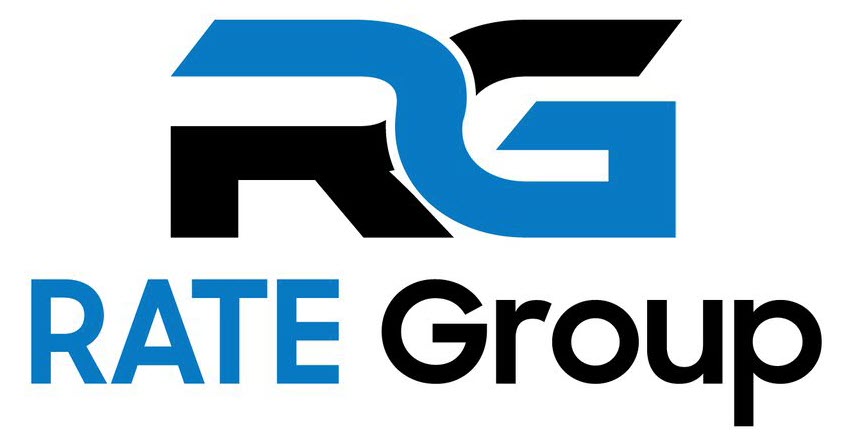
20 May Ethereum 2.0 Staking, Explained | Cointelegraph
Several other large blockchains are already running a proof-of-stake consensus, including Tezos, Algorand and Qtum.
Tezos runs a staking program under its “Liquid Proof-of-Stake” algorithm, a hybrid between pure PoS and delegated proof-of-stake, or DPoS. Validating blocks in the Tezos network is known as “baking.” Anyone holding the Tezos (XTZ) token can delegate their tokens to a validator to “bake” on their behalf. However, the original owner retains their tokens in their own wallet. Anyone can participate as a baker if they hold 8,000 or more XTZ tokens, called a “roll,” and operate a validator node. The rate of return for staking on Tezos is currently around 7%.
Algorand operates a consensus protocol called “pure proof-of-stake.” It uses a system called “secret self-selection” to choose randomly selected committees of stakeholders that will validate each block. What makes Algorand different is that all Algo…

